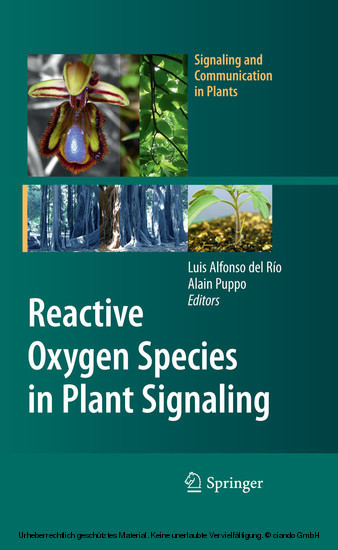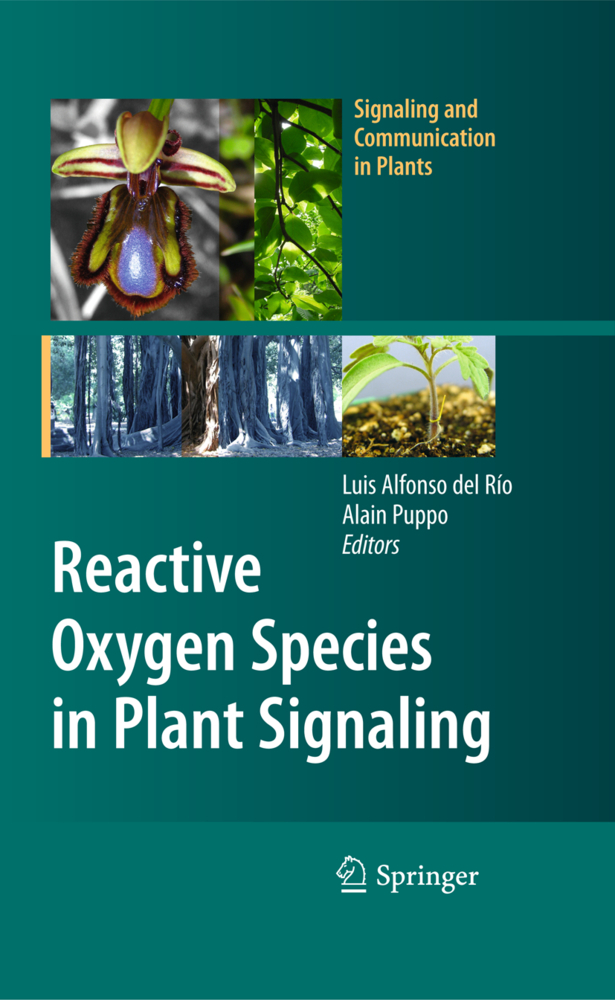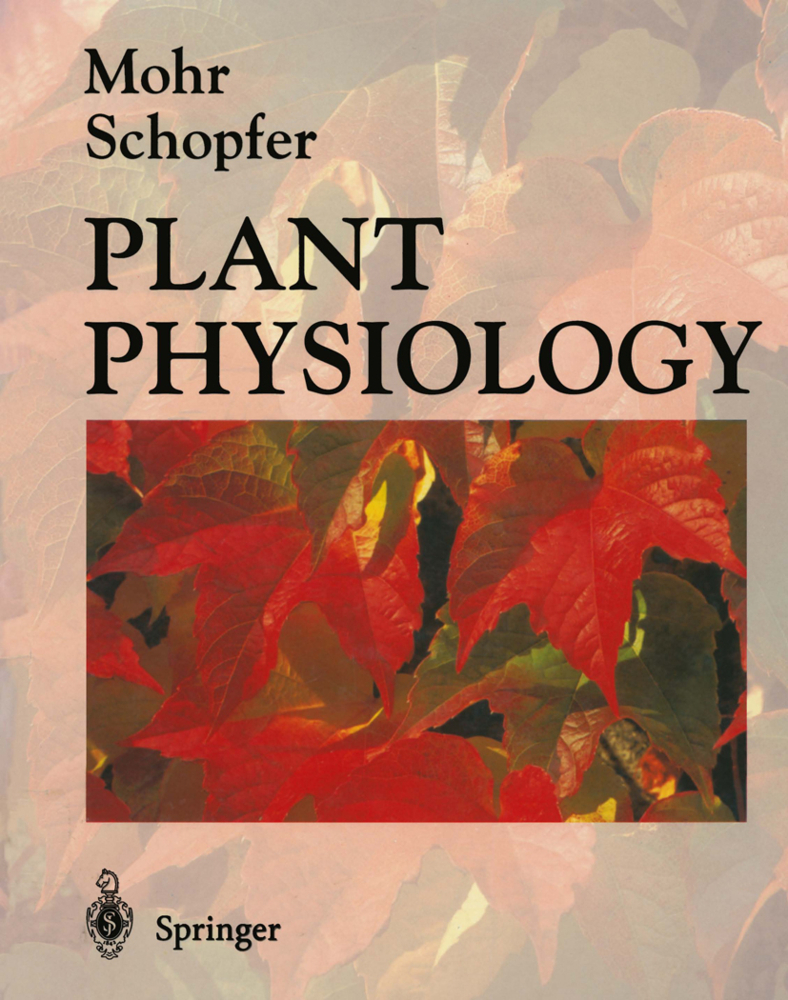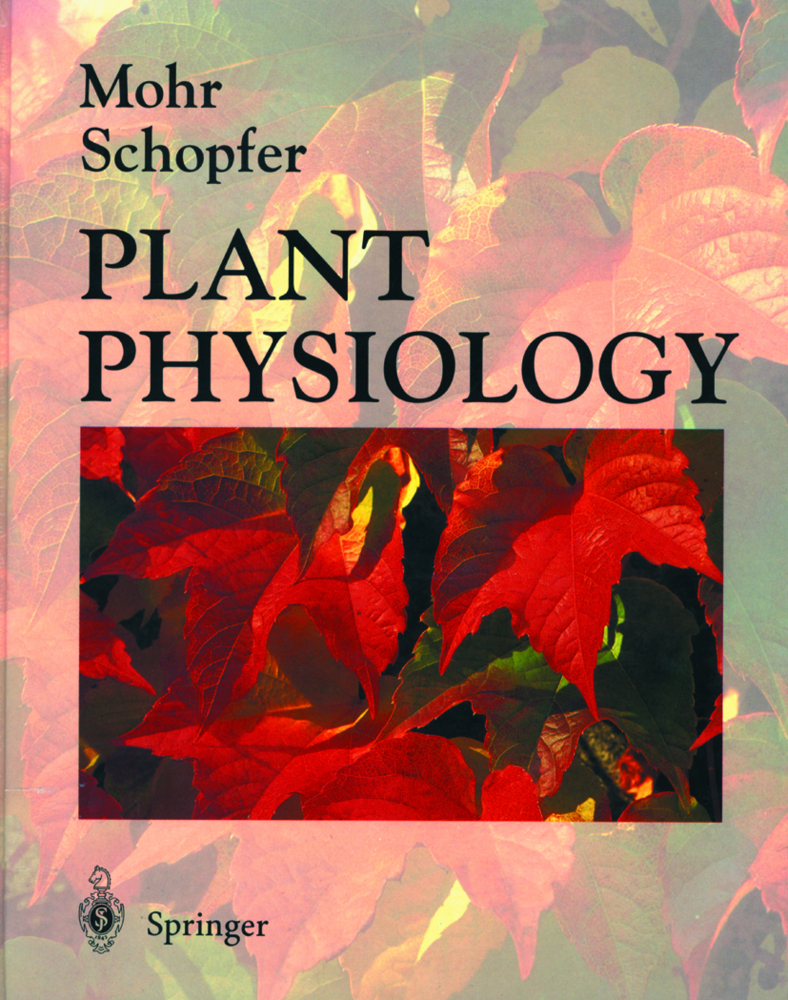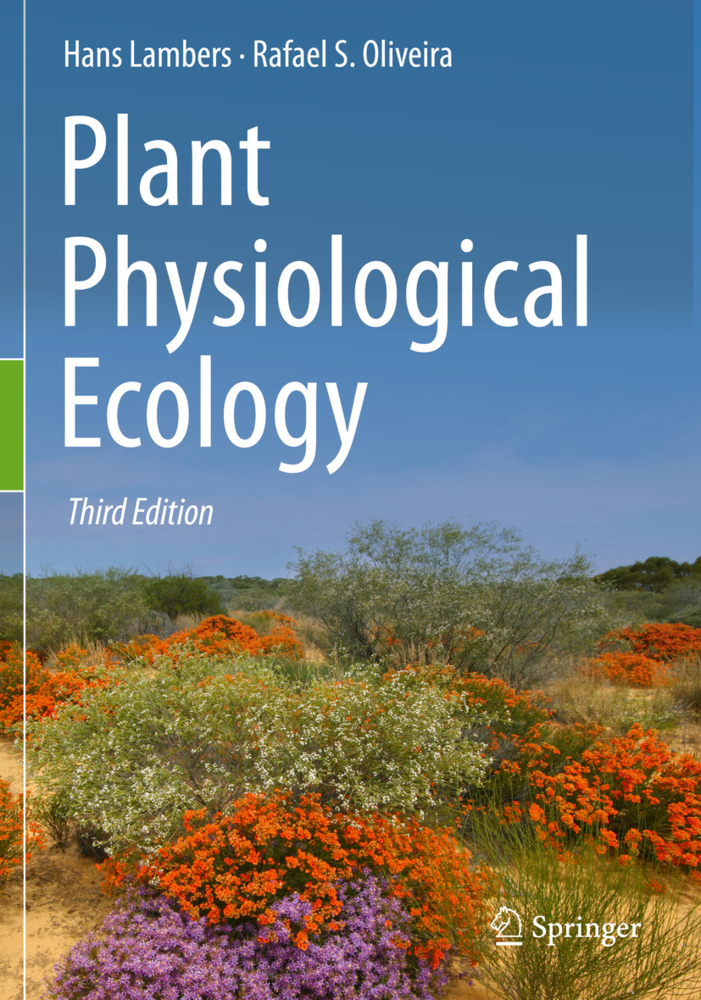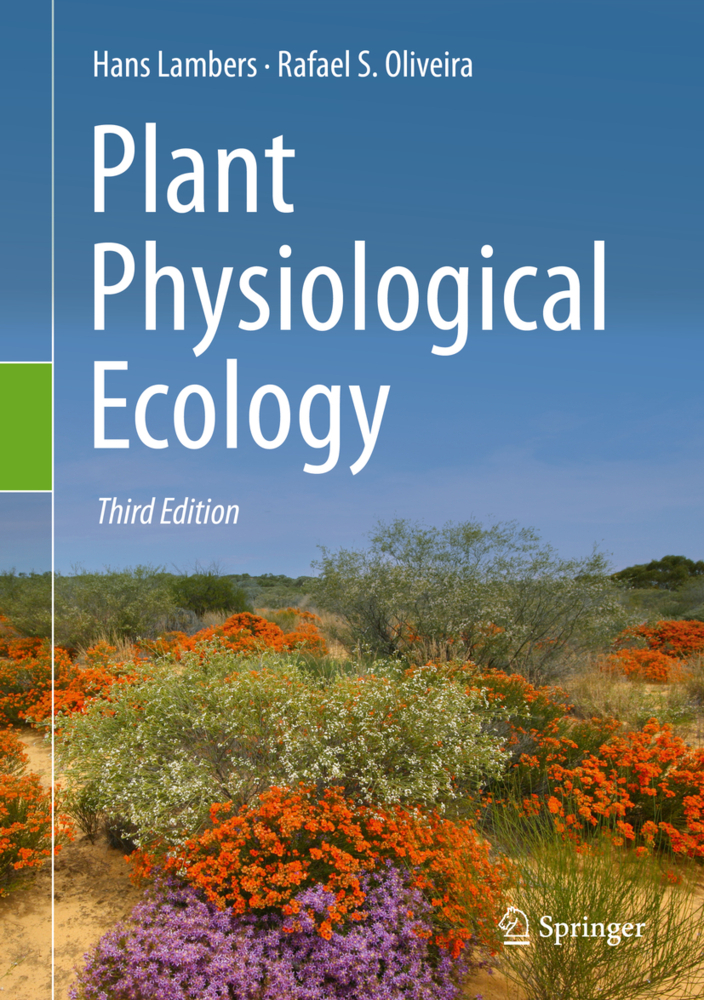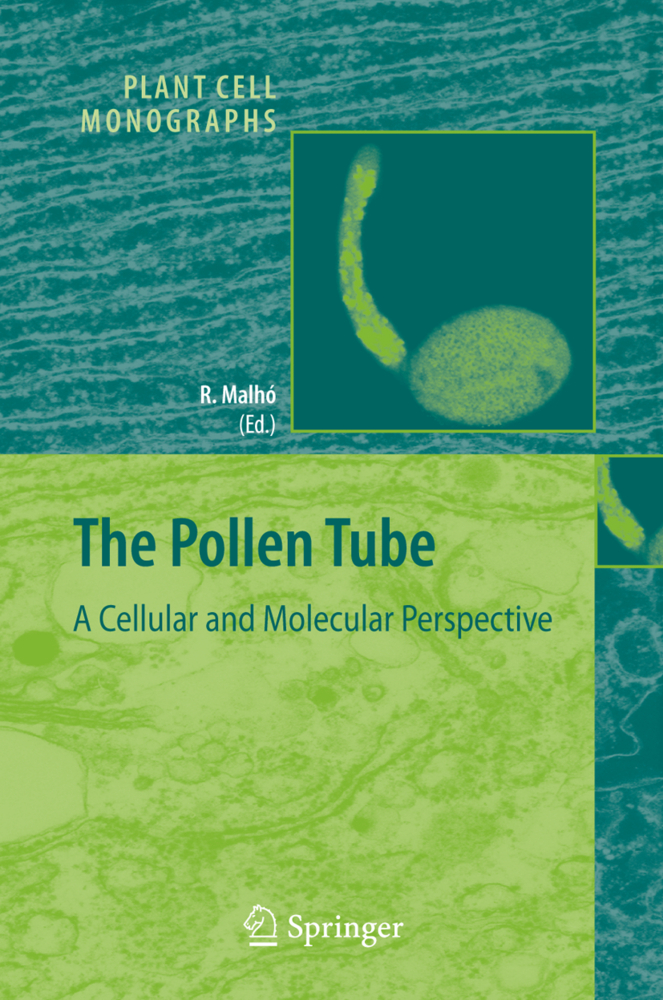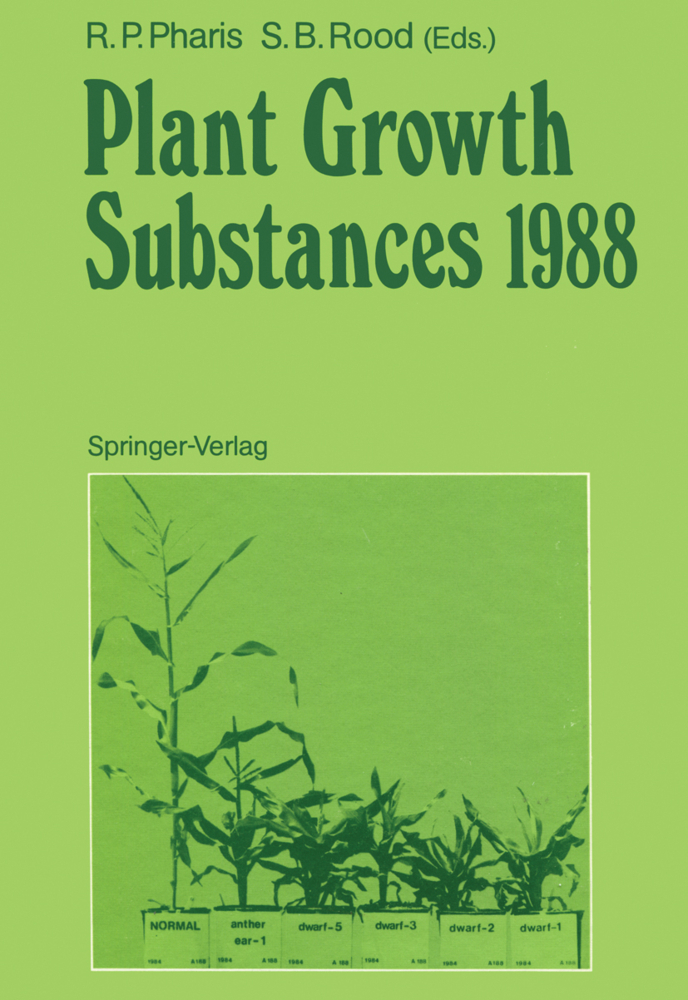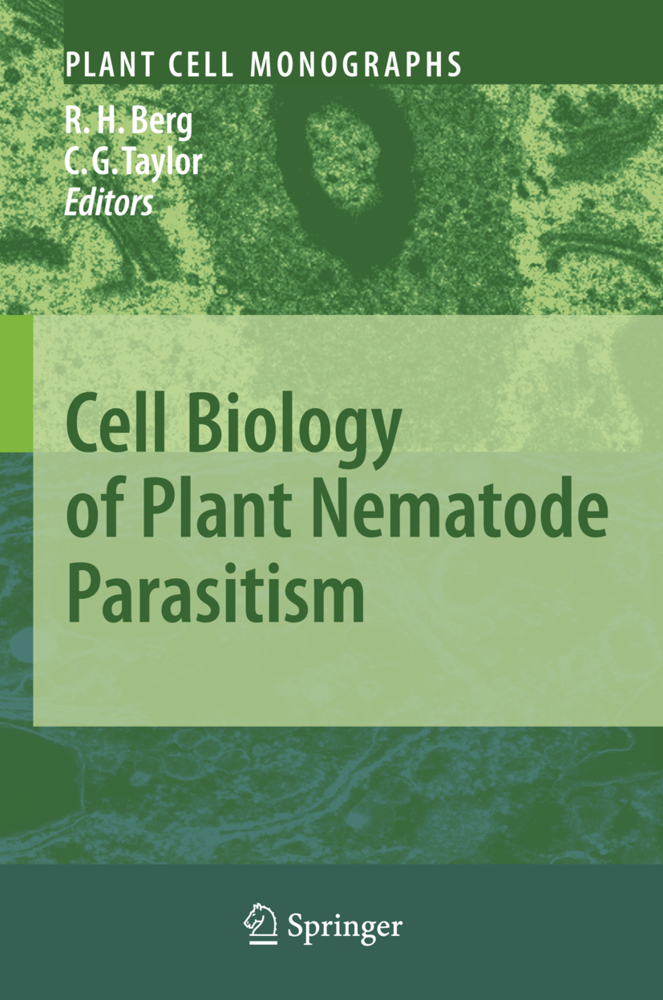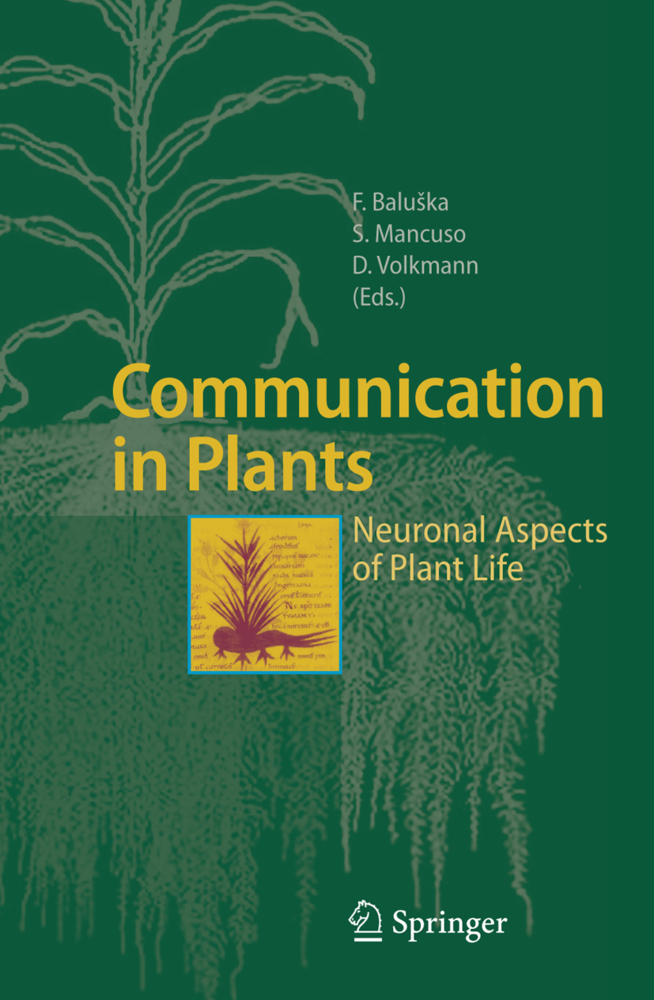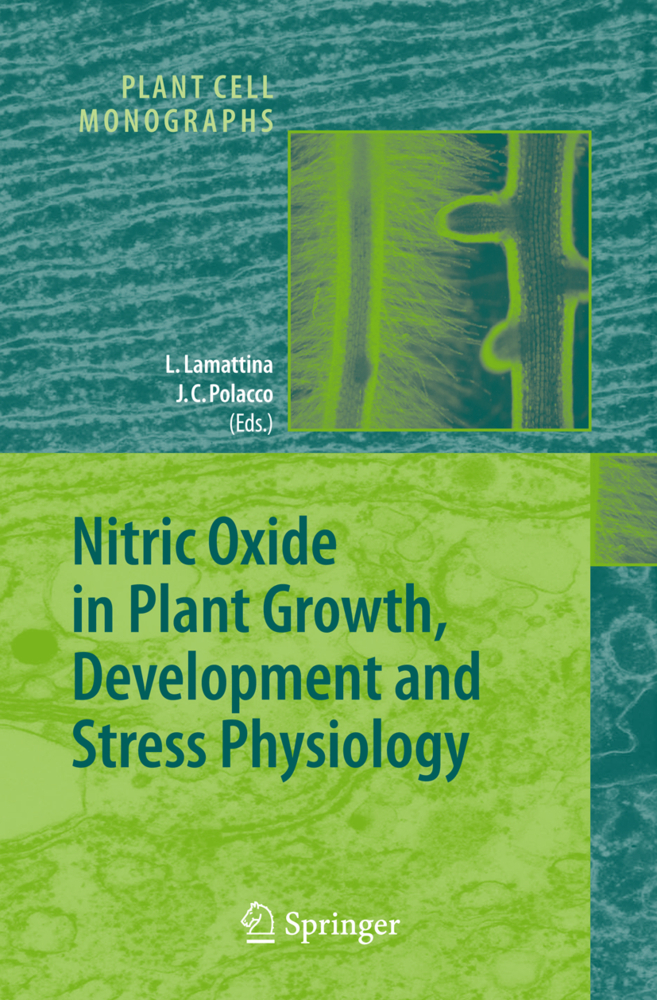Until recent years the production of reactive oxygen species (ROS) was generally considered to be a harmful process and a generator of oxidative stress. But more recently this concept has been re-evaluated and the term "oxidative signaling" was coined (Foyer and Noctor, 2005). This means that ROS generation is also an important component of the signaling network of plants. Results obtained during the last decade have highlighted that ROS are key regulators of plant metabolism, morphology and development which are also used by plants to respond to environmental challenges. The role of ROS as signals for gene expression has been established, and ROS also modulate the activity of key signaling compounds such as MAP kinases. The volume of research into the roles of ROS in plants is currently growing and the purpose of this book is to present recent advances in this field.
1;Preface;5 2;Contents;8 3;Reactive Oxygen-Generating NADPH Oxidases in Plants;10 3.1;1 Diversity of the NADPH Oxidase Superfamily Basic Structure and Evolutionary Aspects;10 3.2;2 RBOH Multi Gene Family;12 3.3;3 Structurally Conserved Aspects of NOXs;13 3.4;4 Chemical Highlights of Superoxide Formation;15 3.5;5 NOX Inhibitors;16 3.6;6 Calcium-Binding Domains in RBOH Proteins;17 3.7;7 Phosphorylation of RBOH Potentiates Calcium Responses;20 3.8;8 Small G Proteins Interact with RBOH;21 3.9;9 Membrane Microdomain Milieu of RBOH;22 3.10;10 Extracellular and Intracellular Localization of NOX and RBOH;23 3.11;11 Conclusion;26 3.12;References;27 4;Integration of ROS and Hormone Signaling;33 4.1;1 Auxin;33 4.2;2 Abscisic Acid;36 4.3;3 Methyl Jasmonate, Salicylic Acid, and Ethylene;38 4.4;4 Hormone Signal Integration in Guard Cells;40 4.5;5 Gibberellin and Abscisic Acid in Seed Gemination;43 4.6;6 Cytokinin;45 4.7;7 Conclusion;46 4.8;References;46 5;Reactive Oxygen Species in Growth and Development;51 5.1;1 Introduction;51 5.2;2 ROS are Involved in Polarised Cell Growth;52 5.3;3 ROS in Developmentally Programmed Cell Death;59 5.4;4 Concluding Remarks;59 5.5;References;60 6;ROS Signalling in Stomata;62 6.1;1 Introduction;62 6.2;2 Sources of ROS;64 6.3;3 ROS Production in Response to Stimuli;64 6.4;4 Regulators of ROS Synthesis and Action;70 6.5;5 Conclusions and Further Remarks;74 6.6;References;75 7;Reactive Oxygen Species in Plant Cell Walls;79 7.1;1 Introduction;79 7.2;2 Plant Cell Wall Composition;81 7.3;3 Why Plant Cell Walls Need Generating ROS for Growth and Development?;82 7.4;4 Cell Wall Stiffening;82 7.5;5 Cell Wall Softening;84 7.6;6 ROS Generation in Plant Cell Walls During Development is a Cell/Tissue-Specific Event with a Marked Topographic Localization;85 7.7;7 Sources of ROS in Cell Walls;88 7.8;8 H2 O2 as Autocrine and Paracrine Signal;92 7.9;10 Conclusion;95 7.10;References;95 8;Peroxisomes as a Cellular Source of ROS Signal Molecules;100 8.1;1 Introduction;100 8.2;2 Production of Reactive Oxygen Species in Peroxisomes;102 8.3;3 Antioxidant Systems in Peroxisomes;103 8.4;4 Nitric Oxide and Nitric Oxide Synthase Activity in Peroxisomes;106 8.5;5 Function of Peroxisomes in Oxidative Stress;107 8.6;6 Peroxisomes as a Source of ROS and RNS Signal Molecules;108 8.7;7 Conclusion;111 8.8;References;112 9;Reactive Oxygen Species in Plant-Pathogen Interactions;117 9.1;1 Introduction;117 9.2;2 Dissecting the Role of ROS in Molecular Plant-Pathogen Interactions;118 9.3;3 Upstream Signalling Leading to ROS Production;119 9.4;4 Sources of ROS;121 9.5;5 ROS and Molecular Targets;125 9.6;6 Downstream Signalling;130 10;ROS in the Legume- Rhizobium Symbiosis;138 10.1;1 Introduction;138 10.2;2 ROS and the Early Steps of the Interaction;139 10.3;3 ROS and the Functioning Nodule;143 10.4;4 Conclusion;146 10.5;References;146 11;Hydrogen Peroxide-Responsive Genes in Stress Acclimation and Cell Death;151 11.1;1 Dual Face of Reactive Oxygen Species;151 11.2;2 ROS Perception and Signal Transduction;152 11.3;3 ROS-Dependent Gene Expression;154 11.4;4 Photorespiratory H 2 O 2 -Dependent Gene Expression;157 11.5;5 Perspectives;161 11.6;References;162 12;The ROS Signaling Network of Cells;167 12.1;1 Introduction;167 12.2;2 Production of ROS in Plants;168 12.3;3 Scavenging of ROS in Plants;169 12.4;4 ROS Signaling and its Modulation by the ROS Gene Network;170 12.5;5 A Model for ROS Signaling Developed from the Study of Plants Lacking Apx1;171 12.6;6 Coordination of the ROS Network;173 12.7;7 NADPH Oxidases, a Possible Link Between Calcium and ROS Signaling;173 12.8;8 Concluding Remarks;174 12.9;References;174 13;Reactive Oxygen Species and Signaling in Cadmium Toxicity;177 13.1;1 Introduction;177 13.2;2 Effect of Cadmium on Plant Metabolism;178 13.3;3 Plant Transcriptional Responses to Cadmium;179 13.4;4 Oxidative Stress Induced by Cadmium;180 13.5;5 Cadmium, ROS, and Hormones Balance;185 13.6;6 Conclusion;185 13.7;References;187 14;Reactive Oxyg
| ISBN | 9783642003905 |
|---|---|
| Artikelnummer | 9783642003905 |
| Medientyp | E-Book - PDF |
| Auflage | 2. Aufl. |
| Copyrightjahr | 2009 |
| Verlag | Springer-Verlag |
| Umfang | 246 Seiten |
| Sprache | Englisch |
| Kopierschutz | Digitales Wasserzeichen |

